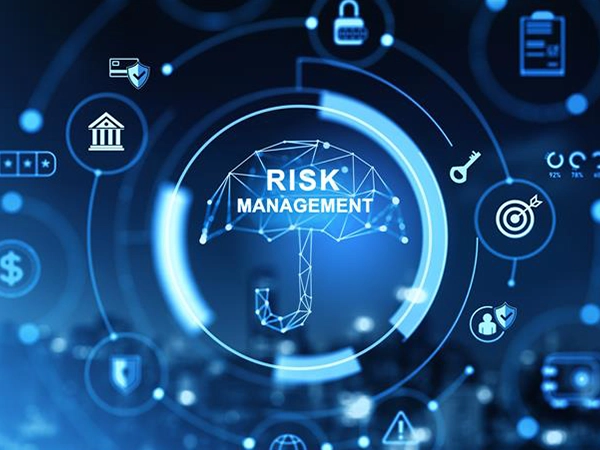Did you know that nearly 60% of breaches today are caused by governance failures- not technology gaps?
This sobering statistic highlights a truth many organizations overlook: having advanced tools isn’t enough. Without a strong cybersecurity governance framework, even the best defenses can crumble. That’s where governance, risk, and compliance (GRC) step in as the foundation of sustainable cybersecurity.
Governance, Risk, and Compliance in Cybersecurity
At its core, GRC in cybersecurity isn’t about checklists or paperwork. It’s about aligning leadership, processes, and controls to ensure resilience. When governance sets the tone, risk and compliance naturally follow as enablers rather than hurdles.
A robust approach to risk and compliance in cyber resilience ensures that security decisions aren’t left to IT alone – they’re embedded into board accountability, business strategy, and daily operations.
Building a Cybersecurity Governance Framework That Works
Strong governance gives organizations clarity:
- Who owns cyber risks?
- How are decisions escalated?
- What role does the board play in shaping resilience?
When governance is embedded, cybersecurity stops being an IT problem – it becomes a business strength.
Risk Management: Beyond Technology
Risk management isn’t just about patching systems. It’s about understanding the business impact of threats and acting before they materialize. Key takeaways include:
- Identify what matters most: Not all assets are equal. Focus on crown jewels – customer data, financial systems, and brand reputation.
- Assess realistically: Quantify risks in business terms so decision-makers understand the stakes.
- Plan for resilience: Mitigation strategies should cover prevention, detection, and rapid recovery.
Example: In one real case, a company lost millions because a single weak password gave attackers access to sensitive systems – proving governance, not just technology, failed.
Compliance: More Than a Checkbox
Compliance is often mistaken as the end goal. In reality, it’s just the beginning. Breaking it down:
- Regulatory alignment: Standards like ISO 27001, IRDAI, or RBI guidelines set the minimum bar.
- Continuous monitoring: Compliance is not a one-time event. Ongoing reviews and audits keep the organization on track.
- Culture of accountability: True resilience comes when compliance shifts from “audit requirement” to “business as usual.”
The Governance Advantage
The difference between companies that survive cyberattacks and those that collapse often comes down to governance. A well-structured cybersecurity governance framework ensures risks are mapped, responsibilities are clear, and resilience is built into the DNA of the business. Organizations that view GRC in cybersecurity as a board-level priority consistently outperform those that see it only as an IT requirement.
Let’s Build Together
If you’re rethinking your governance approach, let’s talk. Together, we’ll map your risks, align your board, and build a resilient governance program that lasts.











